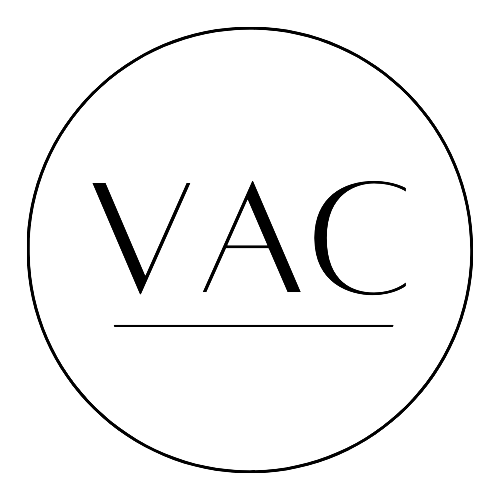Ling is eel: Unseen Currents
Ling is eel (Xiaoling Li) is a Beijing-born, Queens-based artist and tattooist whose work bridges the ethereal and the tangible. A graduate of the School of Visual Arts, she crafts dreamlike realms of fairies and inner worlds through both tattooing and traditional painting. Her practice, rooted in idealist philosophy and Jungian thought, invites viewers to turn inward toward dreams, beauty, and the vast unconscious as a way to rediscover human divinity.
How did your creative journey begin?
My creative journey began in Beijing, where I was born and raised in a family of North and South Korean heritage. From an early age, I lived in an imaginative world that was just as real to me as my surroundings. That inner landscape of fairies and dream-beings became the foundation of my work. Later, I formalized my training by earning a Bachelor of Fine Arts in Illustration from the School of Visual Arts in 2020. Since then, I’ve devoted myself fully to art—first through tattooing, where I developed a personal visual language, and now through both tattoo and fine art practices in my private Queens studio.
You go by Ling is eel in your art practice. Can you share the meaning behind that name and how it connects to your work?
“Ling is eel” is a name that emerged naturally as I started to define my artistic identity. It’s playful but also slippery, much like the way my work moves between worlds—between dream and reality, tattoo and painting, personal myth and universal imagery. The eel, with its fluidity and ability to move through unseen currents, reflects how I navigate my inner universe and bring it into material form. It’s a reminder that my art lives in that in-between space.
What does a typical day in the studio look like for you, and how has your art practice grown or changed?
A typical day in the studio is one of total immersion. I spend hours sketching, refining, and planning every detail of my work—whether it’s preparing a tattoo design for a client or layering watercolors on thick cold-press paper. My process is deeply meticulous; I don’t leave things to chance. Over time, my practice has grown from being primarily about craft and technique into a more integrated way of life. Art isn’t just what I make—it is how I live, the lens through which I understand the world.
You work across two very different mediums—human skin and cold-pressed paper. How do you see tattooing and painting speaking to each other?
Though they appear different, tattooing and painting share the same roots in my practice. Both are precise, deliberate acts where every stroke matters. Tattooing gives me an immediate connection to another person—it turns the body into a living archive of my art. Painting, on the other hand, allows me to dwell in solitude with my imagination, bringing to life visions that are deeply personal. Together, they balance each other: one is about permanence on the body, the other about permanence on paper, and both expand the world I’ve been building since childhood.
How has social media impacted your work?
Social media has been both a mirror and a bridge for my work. On one hand, it gives me a way to share my personal mythology with people across the world. On the other, it keeps me accountable to clarity—I want each image I post to feel like an honest doorway into my universe, not just content. While I don’t follow trends, I do use these platforms as a way to connect with those who resonate with my vision, building a community of people who see beyond the materialistic value systems I reject.
Your world of fairies feels both personal and universal. Do you think of it more as your private mythology or as a shared realm others can enter through your work?
It is both. At its root, this fairyland is entirely personal—it has lived inside me since I was a child, and I experience it as a private mythology. Yet once it takes form in my paintings or tattoos, it becomes a shared realm. Viewers are free to enter, project, and dream within it. In fact, I believe that resonance is the true purpose of making the inner world visible: to remind others that they, too, carry inner landscapes of their own.
What kind of emotional or spiritual experience do you hope viewers carry with them after encountering your work?
I hope they walk away with a sense of affirmation that the inner world is real. My work is not about escape but about truth—the kind of truth that arises from dreams, beauty, and love. If someone leaves my work feeling more attuned to their own imagination, more open to wonder, or more trusting of the unconscious, then I’ve succeeded. Ultimately, I want viewers to feel that art can be a spiritual act: a way of remembering that the invisible is just as important as the visible.
Instagram: @ling.is.eel
Published on August 22, 2025








